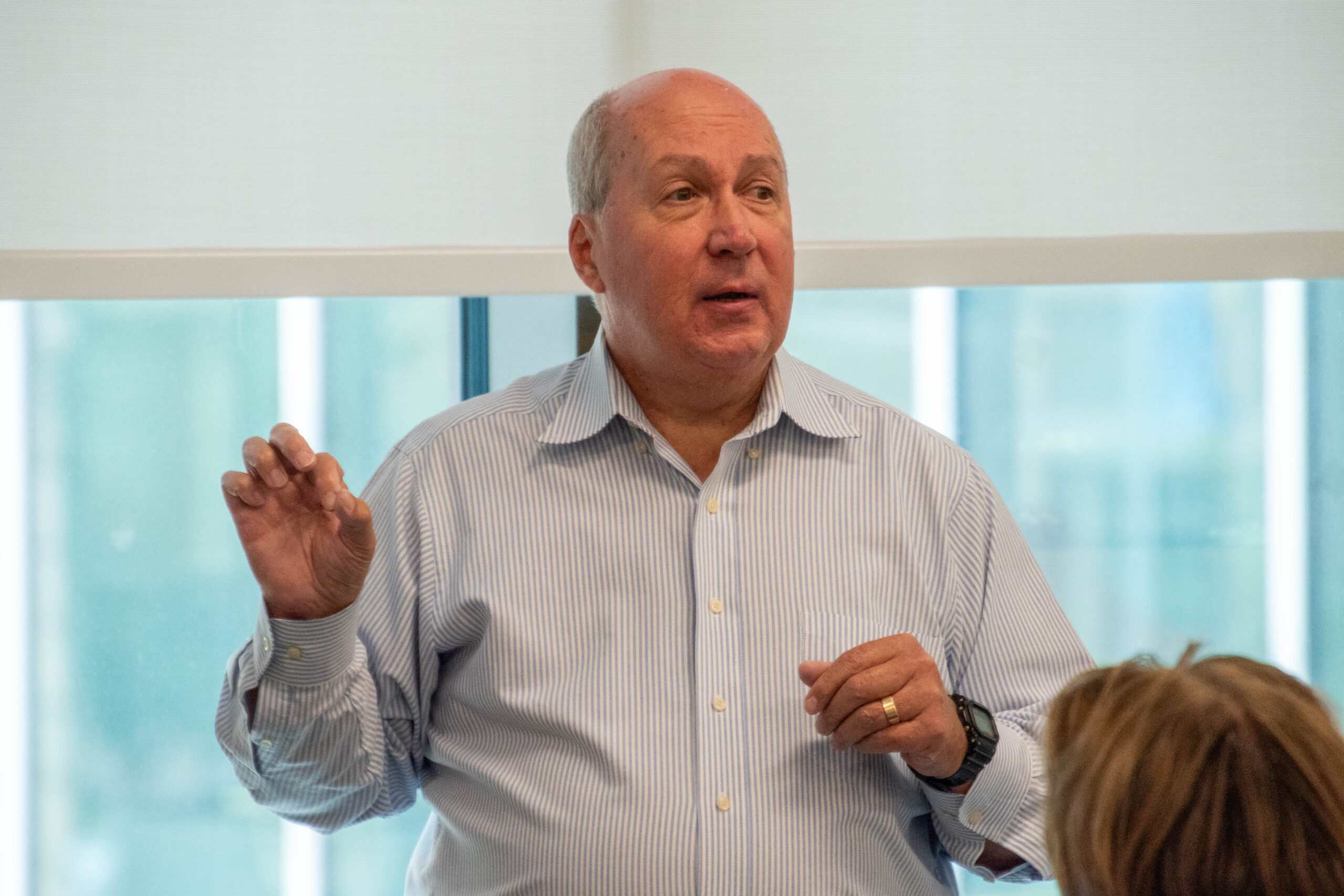Fitness
‘Exercise is medicine’ for people with Parkinson’s

Exercise, whether moderate- or high-intensity, can help ease Parkinson’s symptoms, including fatigue, new research shows.
As study lead author Dr. Philip Millar explained, Parkinson’s patients are too often overwhelmed by shame or depression, so they stop going to the gym or exercising. That’s too bad, Millar said, because “if you stop physical activity, your body adapts and you lose physical function.”
Just how beneficial can exercise be for patients?
To find out, Millar’s team at the University of Guelph, in Ontario, Canada, had three groups of 10 people in various stages of Parkinson’s disease. Each group exercised three times per week at the gym, for a period of 10 weeks.
The male and female participants ranged in age from 45 to 79, and they engaged in one of two modes of exercise training, moderate intensity or high intensity.
Millar’s team tracked various physiological metrics—the person’s “maximal oxygen consumption,” their level of fatigue or vulnerability to fatigue, gait, balance and motor symptoms.
“Prior work found that high-intensity interval training may improve how far someone with Parkinson’s can walk, but this could be due to becoming more stable or confident in their gait,” said Millar, who is an associate professor of human health and nutritional science at Guelph. “It might have had nothing to do with cardiorespiratory fitness and the impact on motor symptoms was previously never studied.”
His team found that:
- Exercise training boosted oxygen capacity, with a bigger benefit seen with high- versus moderate-intensity training
- Motor symptoms were also reduced by about 25%, and the intensity of exercise didn’t seem to matter
- Fatigue levels also declined over time, regardless of the intensity of the exercise program
- Gait, balance and blood pressure did not change, regardless of which exercise regimen was used
The findings were published recently in the Journal of Applied Physiology.
According to the authors, the findings suggests that, for the most part, people with Parkinson’s can pick whatever level of exercise they are comfortable with, without fearing that they might be losing out on any benefit.
The reduction in motor symptoms, especially, “is a very significant amount that can make a meaningful change to someone’s life,” Millar said in a university news release. “We want to help contribute to greater knowledge of the benefits of exercise for those with Parkinson’s so that clinicians, rehabilitation specialists, community supports, partners and family can help advocate for patients to exercise as much as they should.”
In general, he said, “a big push is convincing people of the benefits. Across any disease, when we think of taking medication, we should equally think of exercise as well.”
More information:
Find out more about Parkinson’s disease at the Parkinson’s Foundation.
Muhammad M. Kathia et al, High-intensity interval versus moderate-intensity continuous cycling training in Parkinson’s disease: a randomized trial, Journal of Applied Physiology (2024). DOI: 10.1152/japplphysiol.00219.2024
© 2024 HealthDay. All rights reserved.
Citation:
‘Exercise is medicine’ for people with Parkinson’s (2024, September 19)
retrieved 20 September 2024
from https://medicalxpress.com/news/2024-09-medicine-people-parkinson.html
This document is subject to copyright. Apart from any fair dealing for the purpose of private study or research, no
part may be reproduced without the written permission. The content is provided for information purposes only.










